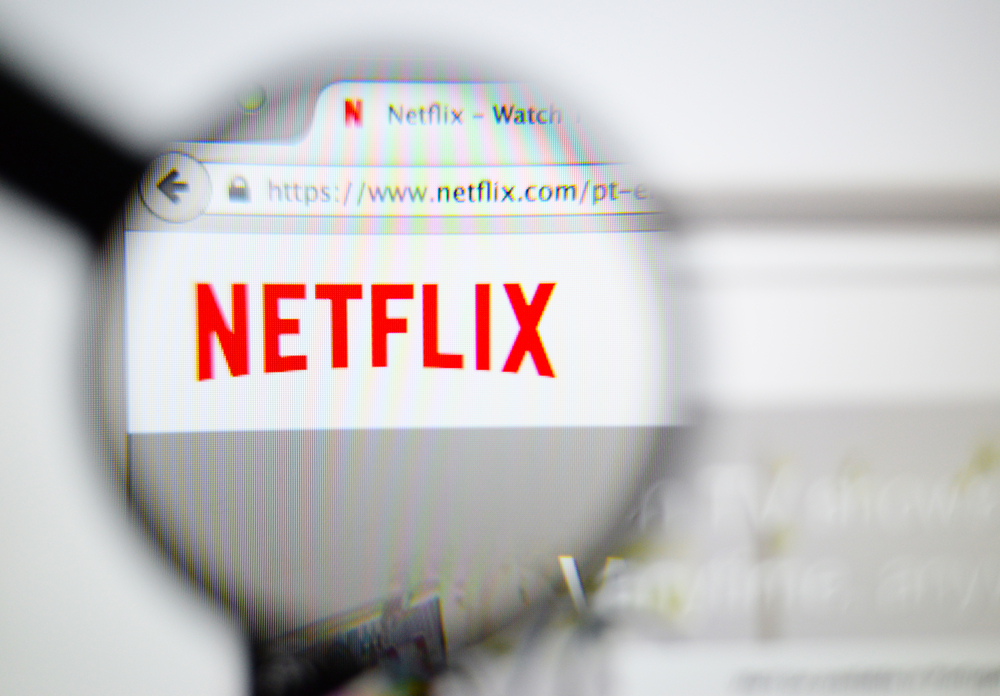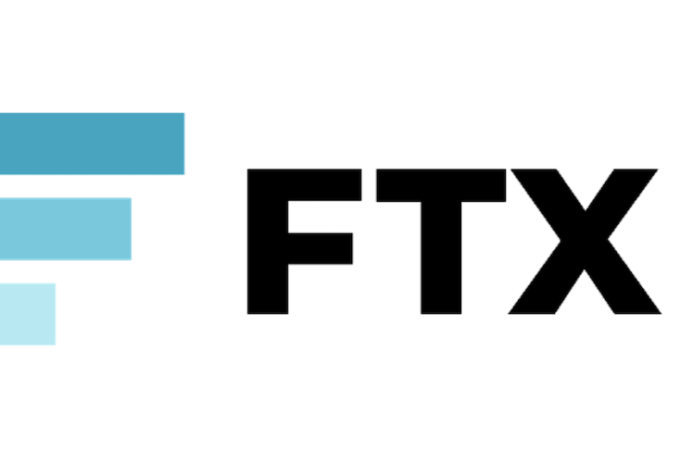
How blockchain could kill both cable and Netflix
By Rizvan Virk for Venture Beat
Blockchain technology, powered by nodes of peer-to-peer computers around the world, is on the rise. So can we expect decentralized entertainment applications built on blockchain to replace streaming services like Netflix or Amazon and be the final death knell for Cable?
Video production studios have already seen a lot of disruption recently. Websites like Youtube and Twitch have created a mass market for user-generated content, stripping the cable networks and studios from their positions as the sole creators of mass-market video content. Yet, despite the rise of these mega-websites, most high quality scripted entertainment content today, still comes via a largely centralized model.
Studios and networks (now expanded to include streamers Netflix and Amazon) fund the development of content, and the content follows an orderly approach to distribution – from the studio to the end user along one of the pre-defined channels: cable or broadcast or mobile device or website.
Blockchain has the power to fundamentally disrupt the entertainment industry because it brings out a completely new, decentralized model for content distribution. In a blockchain, computers all over the world act together in a peer-to-peer network to work on some task — there is no central server or authority.
Today Netflix and Cable still rely on the idea of “centralized” aggregation and distribution. Content creators must get past some number of “gatekeepers” and strike business deals with the network, which then puts the content on a server and distributes it over the air, via coaxial, or more recently, over the internet directly using CDNs (Content Delivery Networks like Akamai or Amazon CloudFront). Decisions about what content is offered, when it’s offered, the price, and the distribution route are still very proprietary and hierarchical.
In a decentralized world, no single website or authority would have a say over what content is to be distributed and how it will reach the “last mile.” No website would be able to block specific content. With decentralized apps (Dapps) for entertainment, whether it’s for live streaming or on-demand video, thousands of computers around the world would act as broadcasters in a mesh network that is not hierarchical. These “super nodes” would solve the last mile problem by broadcasting the signal to computers that are geographically nearby. This will be particularly effective in countries that don’t have lots of presence from existing CDNs.
A number of new crypto projects have cropped up that use either existing blockchains or completely new blockchains as infrastructure for decentralized video streaming. Some of these are optimized for ingesting and compressing content to make it available, such as LivePeer, built on the Steem blockchain, and Viuly, built on Ethereum. Some are application level tokens for streamers and influencers, such as Stream Token and YouNow/PROPS, both on Ethereum. Spectiv VR is focused on the advertising model and making sure content creators get a larger part of it, particularly for VR content. And LBRY and my company, Theta Labs, are building new blockchains/protocols to support third-party DApps for entertainment, esports, and more.
Not only could these blockchain projects completely disrupt the distribution world because they no longer require centralized architectures, they can also disrupt the Netflixes of the world and make the idea of channels on cable completely obsolete. What is a channel but an aggregation of curated content over a well-defined distribution network?
Here are a few ways that a fully decentralized blockchain based entertainment network might disrupt the industry:
- Free Up Content Creators. Content creators could create shows and make them available over a decentralized platform instantly – no need to go pitch a studio or try to get Netflix to put you on their system. No more gatekeepers that have to approve your content.
- New Channels. New “channels” could emerge in a completely decentralized way. You could envision channels for esports, live events, fantasy, sci fi, news, etc. These channels could be set up by anyone and joined by content creators.
- Advertising and Free Content. Free content could even disrupt the traditional TV advertising model (which sites like YouTube are also following) by using tokens on these networks. The new blockchain video projects usually provide coins or tokens that advertisers can use to buy exposure on these decentralized channels. They can specify that those coins go directly to the content creator without having to a middleman take a big chunk of the revenue — a large departure from existing practices where the middleman gets the biggest chunk.
- Paid Content. As for paid entertainment or the subscription model, viewers could use the new tokens issued by decentralized content networks to subscribe to particular channels or to pay a particular content creator. This could replace cable on-demand and give viewers unlimited choice of what can be seen “on-demand.” HBO and other subscription networks recently released their own apps so you don’t need a cable subscription to watch them. The next HBO may be a completely decentralized network that is not tied to cable at all!
Conclusion: Watch out.
Technology changes have always impacted the entertainment industry. While the internet has created new ways to consume content, the creation and distribution of high quality shows has, for the most part, still been dominated by a small number of players, studios, TV networks, cable providers, and aggregators like Netflix. This hasn’t led to the democratization of content that was the promise of the internet.
Blockchain technology has the ability to fundamentally disrupt the entertainment industry by breaking that pseudo monopoly, replacing the centralized gate-keepers with a peer-to-peer network.
Many of these projects will be going live towards the end of this year, and we can expect to see rapid growth of the new players in 2019 and 2020. Just as it took Netflix a number of years to displace Blockbuster and video rental stores as the dominant way to consume on-demand entertainment, it may take a number of years before the new decentralized approach becomes the dominant trend. Look to the 2020s to be the decade of blockchain in entertainment.
Rizwan Virk is an advisor, investor, and the Head of Corporate Development at SLIVER.tv, and a member of the founding team at Theta Labs. He also serves as the current director of Play Labs @ MIT. He is an early investor in cryptocurrency and many blockchain companies, including Ripio/BitPagos, CoinMkt, Bex.io, and has been active with BitAngels since 2013. He was also the designer of Bitcoin Bazaar, one of the first peer-to-peer mobile applications for in-person trading of Bitcoin.





